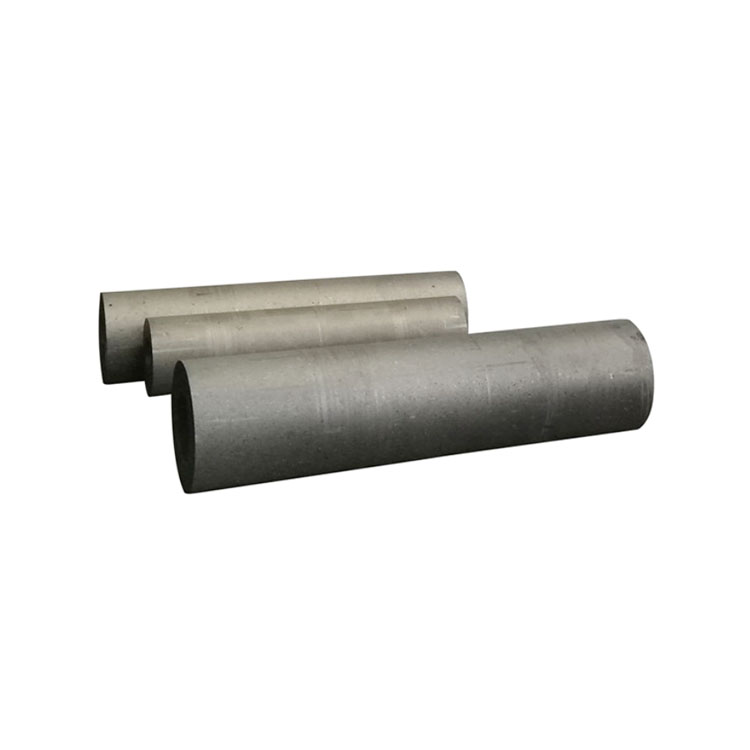
In high-temperature industrial environments like coke ovens and steelmaking furnaces, refractory brick performance isn’t just about durability—it’s about consistent thermal integrity. A recent study from a Tier-1 Chinese steel manufacturer revealed that switching to high-alumina bricks with stable Al₂O₃ content between 40–46% reduced furnace lining maintenance costs by up to 32% over two years—while boosting production uptime by 18%.
Oxidized aluminum (Al₂O₃) acts as the backbone of refractory bricks—its concentration directly influences three critical properties:
| Al₂O₃ Range (%) | Impact on Key Properties |
|---|---|
| 30–35% | Good cost-efficiency but lower resistance to thermal shock and abrasion. |
| 40–46% | Optimal balance: higher refractoriness (>1750°C), improved thermal shock resistance (tested at 1000°C→25°C cycles), and wear resistance 2.3x better than standard grades. |
| Above 46% | Higher cost, marginal gains; risk of microcracking due to brittleness under rapid temperature changes. |
This data aligns with real-world outcomes: one major coking plant in Jiangsu Province saw its oven lining last 14 months vs. 9 months after upgrading to 44% Al₂O₃ bricks—reducing unplanned downtime by nearly 20%. The key? Consistent chemistry across batches—not just peak values.
A European steel mill faced frequent lining failures during blast furnace operations—a common issue linked to inconsistent Al₂O₃ levels in imported refractories. After adopting our precision-controlled high-alumina bricks (targeted at 42–44% Al₂O₃), they reported:
What made the difference wasn’t just the material—it was the assurance that every batch met strict chemical tolerances. For procurement managers, this means fewer quality disputes, longer supplier relationships, and more predictable budgets.

For engineers and technical buyers, the takeaway is clear: don’t just compare Al₂O₃ percentages—ask for batch-to-batch consistency reports. That’s where true value lies.
Many buyers assume “higher Al₂O₃ = better.” But as we’ve seen, beyond 46%, gains plateau while risks rise. Others overlook the importance of sintering control, which affects how well the brick bonds internally. These blind spots lead to premature failure—even if the nominal Al₂O₃ level looks good on paper.
That’s why leading manufacturers now offer third-party lab verification for each shipment. It’s not just marketing—it’s operational transparency.
Ready to stop guessing and start optimizing?
Get your free technical spec sheet + case studies tailored to your industry segment.
Download Our High-Alumina Refractory Guide Now

